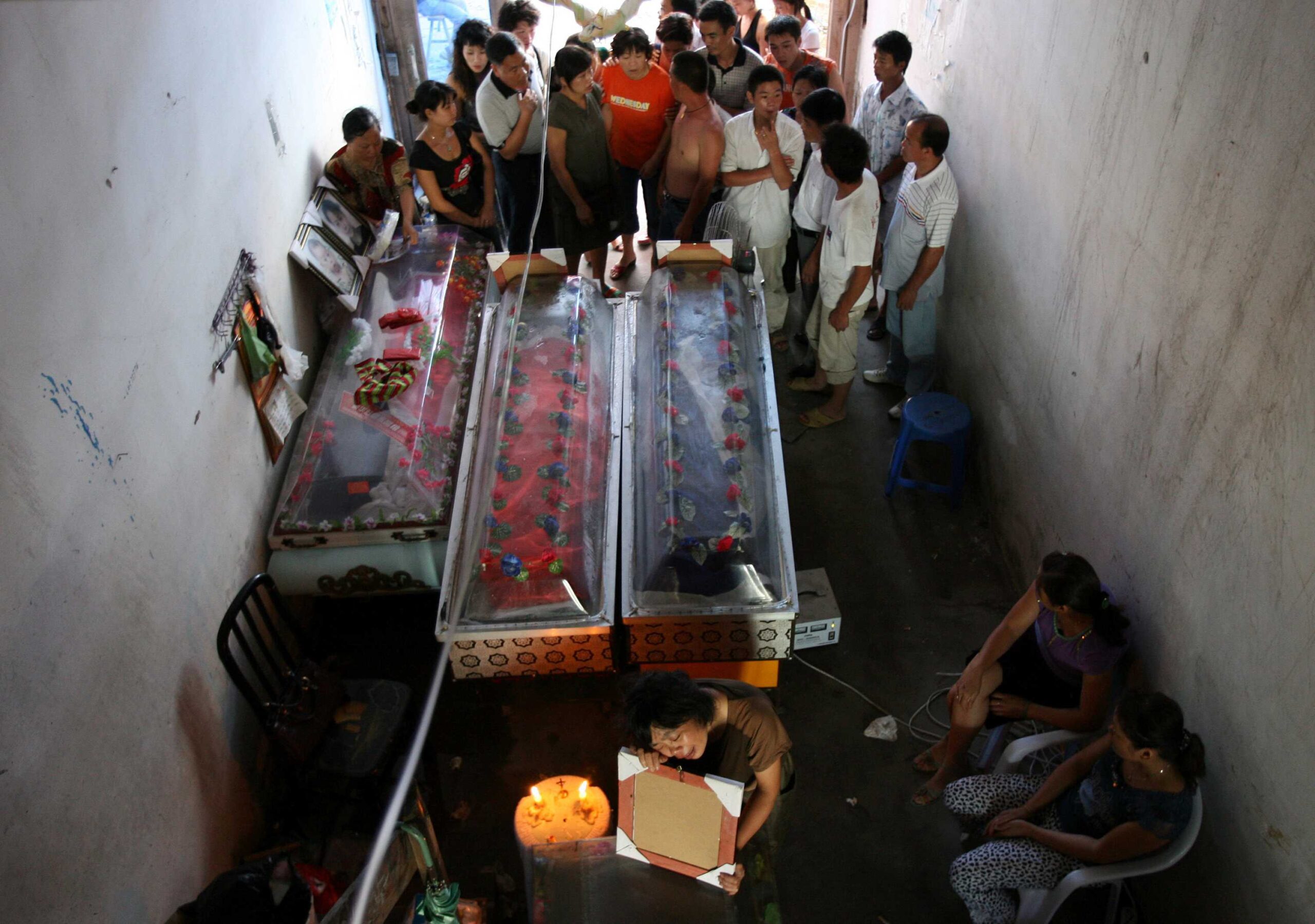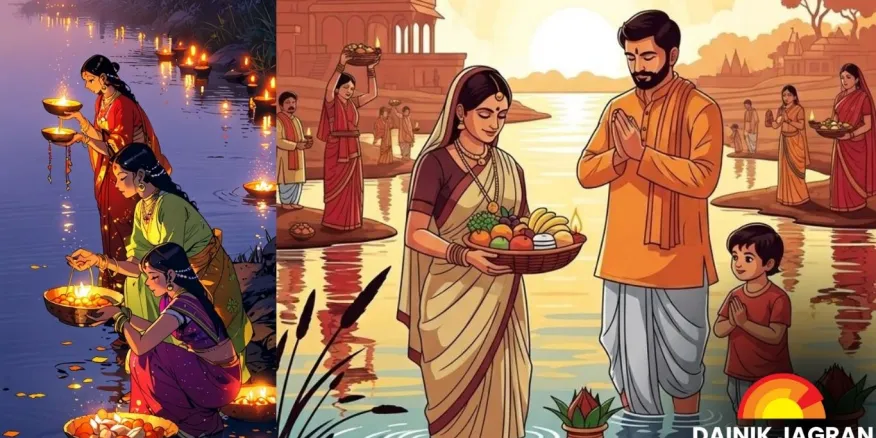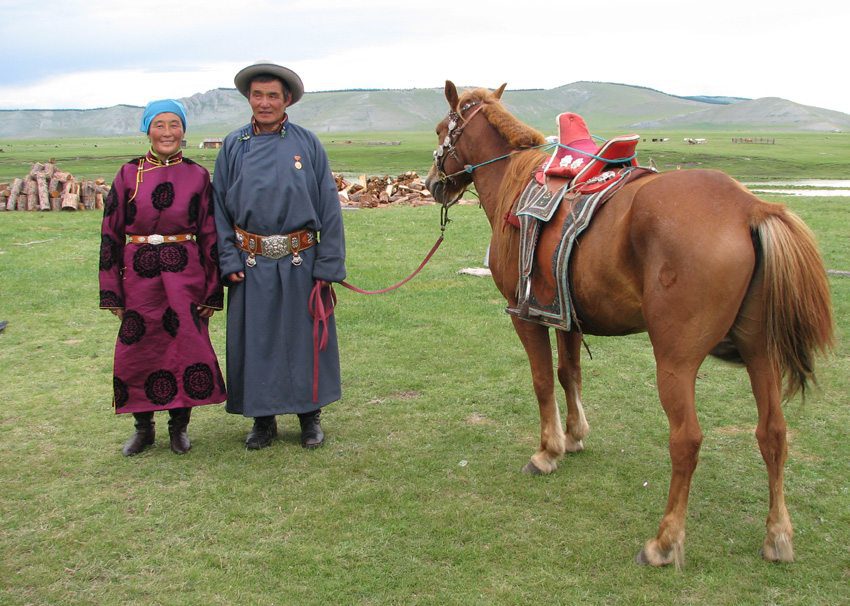Now Reading: The Ghost Marriage Festival in Rural China: A Tradition of Life Beyond Death
-
01
The Ghost Marriage Festival in Rural China: A Tradition of Life Beyond Death
The Ghost Marriage Festival in Rural China: A Tradition of Life Beyond Death

In rural parts of China, some communities continue to observe a deeply unusual practice—ghost marriages. These are symbolic unions between the deceased, carried out through rituals that blend local beliefs, ancestral respect, and centuries-old customs. The festival dedicated to such marriages is less about spectacle and more about maintaining balance between the living and the dead. Though unfamiliar to outsiders, it carries strong cultural significance for the families involved.
The Origins of the Practice
Ghost marriages, known locally as minghun, trace back to ancient traditions where it was believed that every soul deserved companionship, even in the afterlife. Families would arrange such unions for unmarried deceased relatives, ensuring they were not left alone in spirit. Over time, some rural communities began observing these ceremonies collectively in the form of a festival.
Rituals and Beliefs
The ceremonies often include offerings of food, incense, paper effigies, and symbolic wedding items. Families may exchange tokens or conduct prayers that signify the joining of two spirits. While outsiders may see it as eerie, for the participants it is a matter of respect, ensuring peace for their ancestors and continuity of tradition.
Reflections for India
India, too, has regions where rituals around death and ancestry remain central to cultural life. Towns along the Ganga, for instance, host elaborate ceremonies to honor the dead, ensuring their spiritual journey is complete. The Chinese practice highlights how deeply communities value the idea of closure, reminding us that even in Tier 2 cities across India, traditions serve as bridges between generations.
A Living Tradition of Memory
The ghost marriage festival stands as an example of how societies carry forward beliefs that outsiders may not always understand. For rural families in China, it is not about superstition but about love, duty, and honoring those who came before them—a quiet reminder that traditions, however unusual, are often rooted in universal human emotions.

























